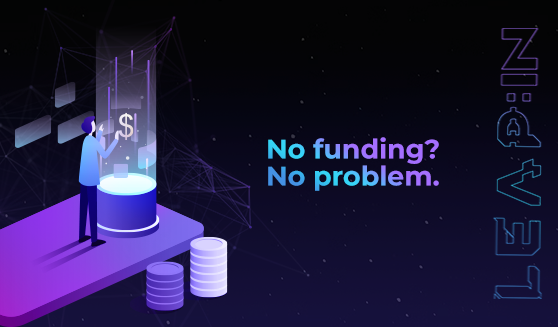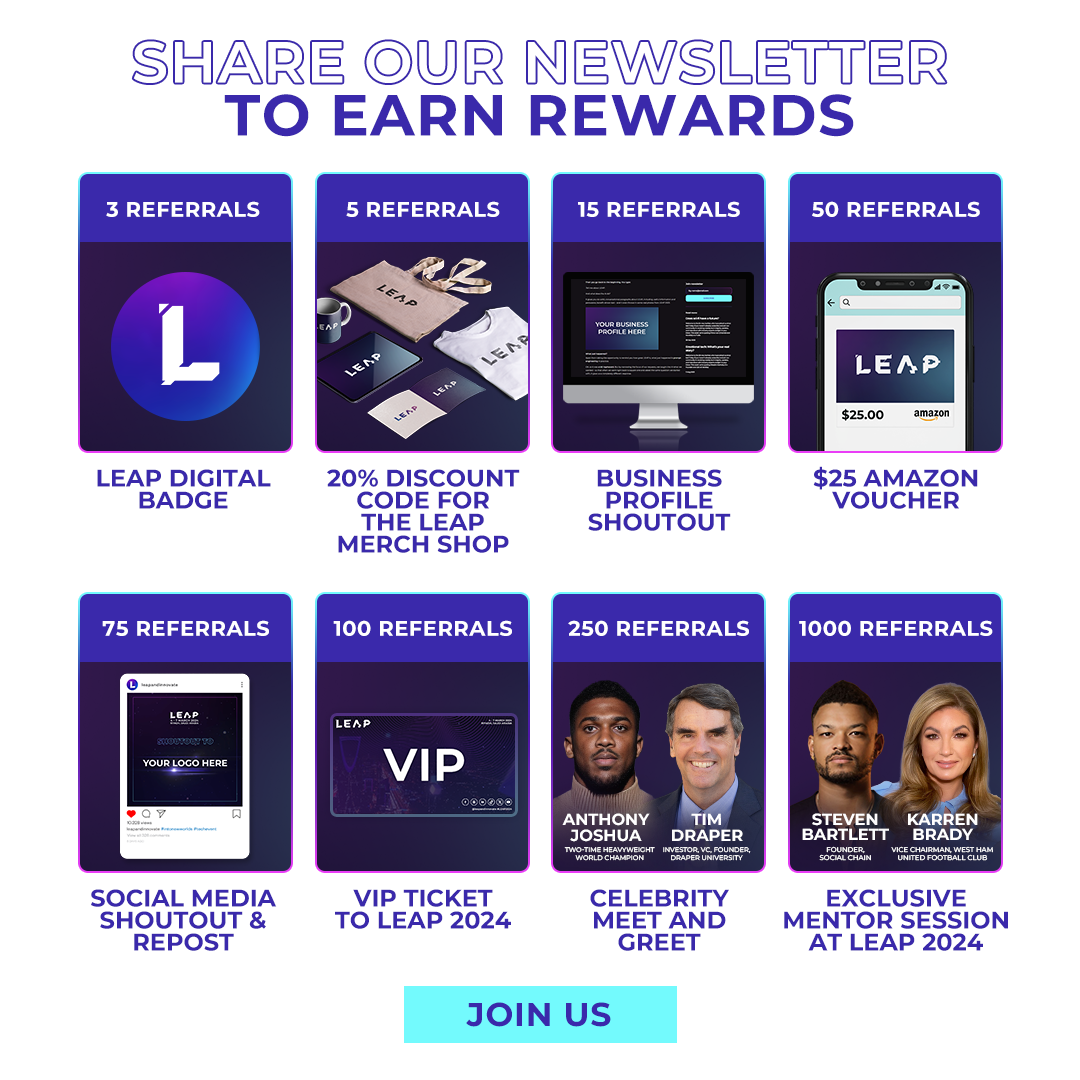

No funding? No problem.

Welcome to the 252 new techies who have joined us since last Friday. If you haven’t already, subscribe and join our community in receiving weekly tech insights, updates, and interviews with industry experts straight to your inbox.
This week we’re quoting Prashant Pitti (Co-Founder at EasyMyTrip)
What Pitti said:
“For us, getting no funding was a blessing in disguise. As today, we wouldn’t have the kind of freedom that we have to navigate through the decisions in making the company what it is, as to how we wanted.”
Have you pitched for VC funding – and not succeeded?
Pitti’s experience can serve as inspiration for tech startups that pitch to VCs and don’t walk away with funding. Because his company, EasyMyTrip, went on to bootstrap to unicorn status – proving that bootstrapping remains a viable strategy to establish a successful business.
Investment predictions suggest that AI and space tech will be two key areas of focus for investors in 2024 – along with cloud technology and cybersecurity. And the tech investment market is poised for growth.
But even in times of growth, not all startups will secure venture capital; and when the success stories you see in the news almost always did leverage VC funds in order to grow, unsuccessful pitches can be really disheartening.
Don’t be disheartened
A lack of VC engagement doesn’t mean your business, product, or service isn’t any good.
Well known tech names that have successfully bootstrapped their way to growth include Zoho, Mailchimp, Basecamp, and GitHub – to name just a few. And even the likes of Meta, Dell Computers, Apple, and Microsoft all started out as bootstrapped enterprises.
Not only does this demonstrate resilience and a passionate sense of belief in their own work, these examples show that there’s lots of potential for sustainable growth and innovation without external funding.

OK - but what are the pros and cons of bootstrapping?
The pros:
- It’s cheap. In terms of cost, there’s a low barrier-to-entry because you start with what you’ve got, and build from there. You operate a lean business model and you only scale it when budgets allow.
- You’re in charge. You don’t have to answer to external investors, so you retain control over your business and the decisions that are made about products, services, operations, and growth. It’s a lot of responsibility – but it also means you’re in charge of the profits, too.
- You get to focus. Without the distraction of formulating pitches and designing products and services with the need to attract investors in the back of your mind, you can focus on building your own financial foundations and creating a business that functions the way you want it to.
The cons:
- Cash flow. Without big injections of capital from outside, a bootstrapped business has to manage its cash flow and generate its own capital quickly in order to fund the development of products and growth of the business. Experienced entrepreneurs can often manage cash flow challenges very effectively, though – and the less experienced can seek mentorship to make sure they see potential challenges as far in advance as possible.
- Equity decisions between founders. When there’s more than one founder, decision-making around equity in the business can become complicated – and can cause stress, as well as potential tax consequences.
- High risk of failure. Bootstrapping means that founders carry more risk in the case of a loss of capital, or low revenue. And for founders, this often means they work incredibly long hours with relatively low (or occasionally no) pay in order to keep the business afloat in the early years.
- Stress. Let’s be clear: growing a startup with VC funding is stressful, too. But bootstrapping requires nerves of steel and a practiced ability to handle stress – particularly if some of the financing for your company comes from family and friends initially, or from sources like refinancing your home.
There’s no single path to a successful tech company
Many enterprises successfully bootstrap their way to growth. And many grow with the backing of venture capital, too.
Our point? There isn’t just one way to do it, and if the first route you take leads to a dead end, that doesn’t necessarily mean you should give up.
Bootstrapping founders must be dedicated to improving their processes, seeking new and creative solutions to the problems they face, and embracing effective financial management as their business grows.
Be prepared for anything, and be ready to adapt – creatively, financially, and technologically.
Pitti added:
“We slowly grew through the ranks, and in fact, a lot of VCs who rejected us initially came back to us in 2014 when they saw our exponential growth. By then, we were already growing profitably right from our first year, so we did not even have the need to raise funds.”
At LEAP 2024 you’ll meet founders who’ve scaled their startups with VC funds, and founders who’ve bootstrapped with great success. And you’ll also meet investors – and have the opportunity to compete in pitch competitions to attract investor attention and secure funding.
Whatever route you take, you’ll find the knowledge and network you need.

Have an idea for a topic you'd like us to cover? We're eager to hear it! Drop us a message and share your thoughts.
Catch you next week,
Richard McKeon
Marketing Director
P.S. - Mark your calendars for LEAP 2024 📅 4-7 March 2024. Want to be a part of the action?



Building inclusive AI: How better data can create fairer systems
Moving towards tech that works for everyone
Related
articles



Building inclusive AI: How better data can create fairer systems
Moving towards tech that works for everyone
